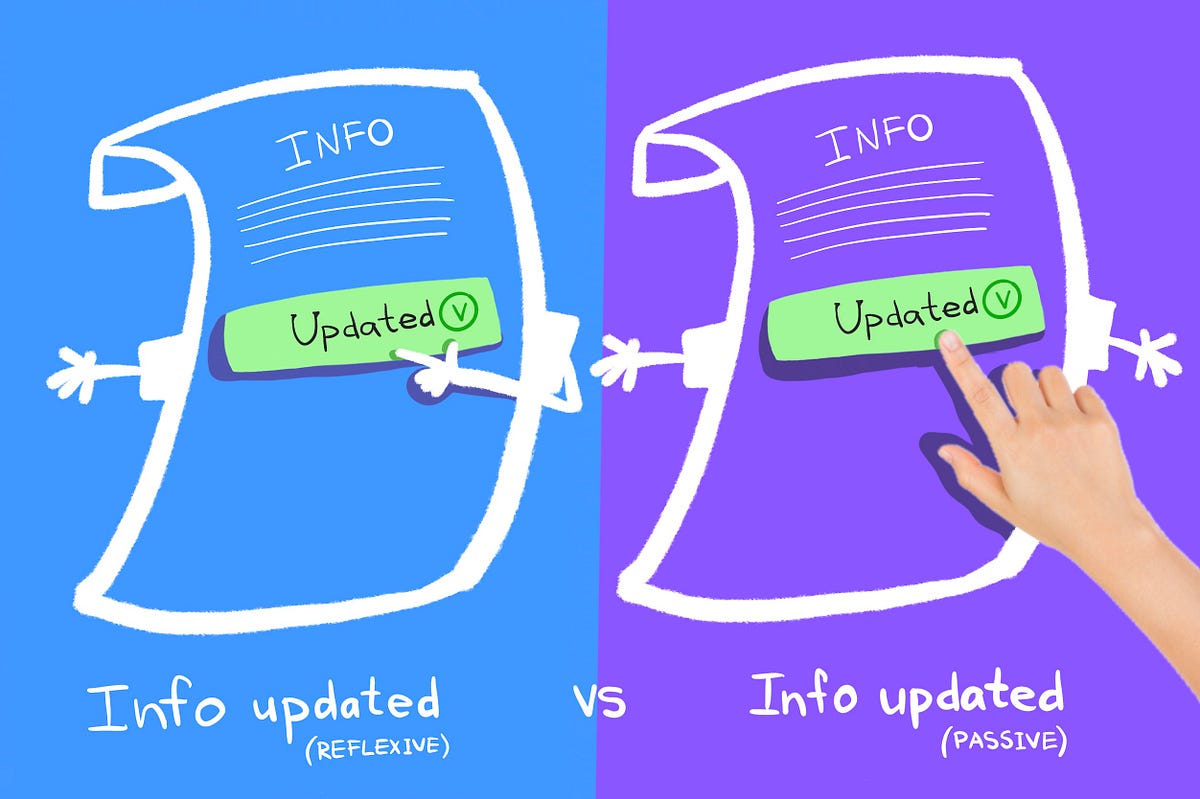
"When users interact with content in a non-native language, they don't just read - they reconstruct. Context reconstruction is a three-step, non-linear loop where users decode unfamiliar words or syntax, translate them inwardly, then rebuild the intended meaning before deciding how to act. It's not a passive process but an active, effortful one. Studies on second-language comprehension show that readers use strategies like translation, paraphrasing, and contextual inference to reconstruct meaning."
"In digital interfaces, this reconstruction extends beyond reading: multilingual users interpret layout, structure, and tone through the same active meaning-making loop, as UX research on multilingual personas highlights. When users process content in a second language, the reconstructive loop increases cognitive load. Native speakers usually integrate syntax and meaning almost automatically. For non-native speakers, this integration slows down - the brain weighs multiple interpretations before resolving the right one - even when the surrounding context favours only one. This pause - invisible but measurable -"
About 1.19 billion people use English as an additional language compared with 390 million native speakers, leaving 810 million non-native English users worldwide. English content makes up roughly 55% of websites while only about 16% of the global population speak English. Context reconstruction is a three-step, non-linear loop in which users decode unfamiliar words or syntax, translate them inwardly, and rebuild intended meaning before acting. Readers use translation, paraphrasing, and contextual inference and draw on background knowledge to bridge gaps. In digital interfaces, users interpret layout, structure, and tone through the same loop. The reconstructive loop increases cognitive load and creates measurable comprehension friction.
Read at Medium
Unable to calculate read time
Collection
[
|
...
]